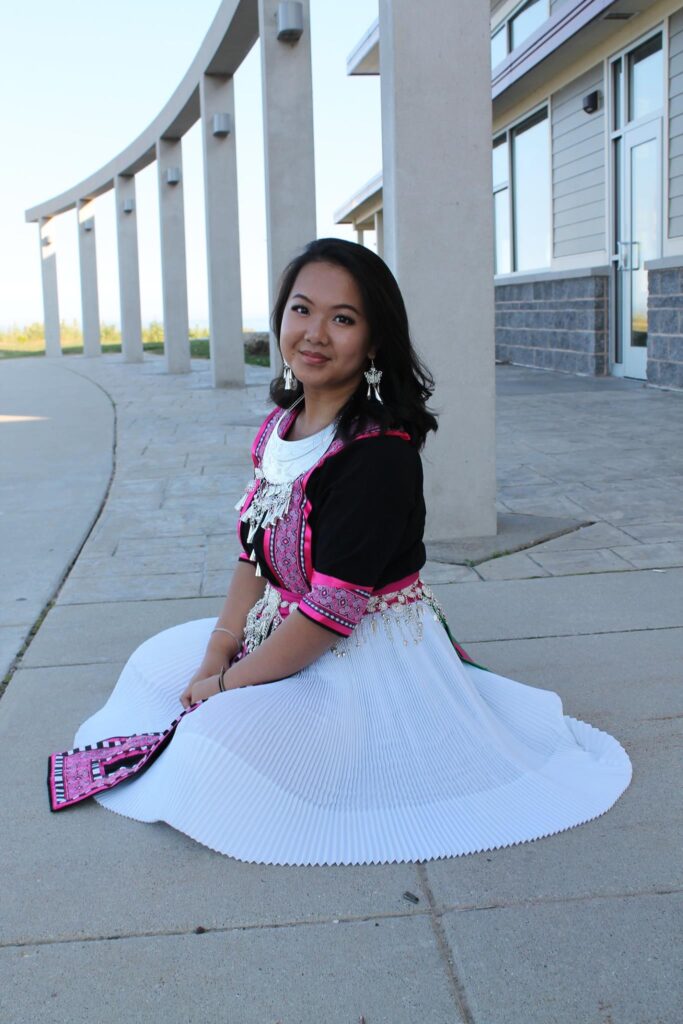Thinking about buying a home? Then you’ve probably thought about the down payment! Here’s 10 tips on how to save for a down payment on your first home!
What is a Down Payment?
Before we start, what exactly is a down payment? A down payment is a portion of the total home price that’s paid out of pocket before financing with a mortgage for the rest. How exactly do you go about saving for a down payment? Let’s take a look.
Tip #1: Speak with a Mortgage Lender
Speak with my trusted mortgage lending partner, SueAnne Boyum, today! SueAnne is available to walk you through the various home loan options to determine what best fits your needs. She’s communicative, knowledgeable, and consistently ranked in the top 1% of mortgage originators in America!
In addition, if you’re wondering what price range you’re able to afford, contact SueAnne! This is a great starting point to understand how much you’ll need to save and gives you insight as to when to start looking for a home. If you have any questions or concerns, please don’t hesitate to reach out to SueAnne. She’s an amazing resource.
There are other costs to purchasing a home too, such as earnest money, appraisal, home inspections, closing costs, and buyer’s agent representative fees. Speaking with a mortgage lender will help you understand what you need to financially prepare for!
Get started with SueAnne here!
Tip #2: Set a Clear Savings Goal & Timeline
Take a look at the housing market in the communities you’re looking to buy. What are the houses going for and what’s the average amount? This will help you estimate how much you need to save. Nonetheless, be aware that the market can change at any time.
A down payment is typically between 3% to 20% of the purchase price, depending upon the loan type. Here’s an example of how to calculate a down payment. If the homes you’re looking to purchase are around $350,000 and you plan to put down 20%, you’ll need to save $70,000 ($350,000 x .20 = $70,000).
Do you have to put 20% down? No. There are ways to purchase a house with a down payment lower than 20%. You can discuss this with a mortgage lender.
Putting at least 20% down can, however, help in many ways!
- You won’t have to pay PMI (private mortgage insurance). It’s a type of insurance that protects your lender in the case that you stop making payments on your loan.
- With a larger down payment, this causes you to borrow less money from a lender. Because you’re borrowing less, you’ll typically make smaller monthly mortgage payments, depending upon the loan.
- Due to borrowing less money (smaller loan amount), the amount in interest for the amount you borrow is less.
The amount you decide to put down is entirely up to you in consideration to the amount you’re able to afford, in addition to your loan type. Once you’ve settled on an amount, create a timeline. Ask yourself the following questions and keep note of your answers.
- How much are you able to save annually (create a budget tip is below)?
- When are you looking to buy? Remember, the home buying journey is a process within itself as well.
- How can you achieve your goal within the timeline (e.g. getting a side hustle or cutting back on spending)?
Tip #3: Create a Budget
Start by writing down your household’s monthly take-home pay. Where’s each dollar going? Every dollar has a purpose, so make it count!
Calculate the following, if applicable, either by writing it down or putting it on a spreadsheet.
- Monthly expenses (rent, utilities, debt, etc.)
- Sinking funds
- Investments
- Other
Then, find areas where you can cut back. This could be monthly subscriptions to magazines, music apps, or streaming services. Consider your needs vs wants. Don’t worry! This won’t be forever. You’ll have to make necessary changes, but it’ll be worth it!
Next, write down how much you’ve already saved for a down payment. It’s okay if you don’t have anything saved up right now. That’s why we’re getting started, right?
Lastly, calculate how much you’re able to save monthly towards a down payment and begin tracking it. Keep in mind what your goal is and the timeline. Consider taking on another job or side hustle, if needed.
Tip #4: Open a Savings Account
This will help you separate your down payment fund from your other accounts. Not to mention, you won’t want to spend the money seeing its growth. It’s rewarding and it sure will be once you receive the keys to your future home!
Tip #5: Automate Your Savings
You can either set up an automatic transfer to your savings account on payday, or manually transfer money to the savings account. However, be sure to mark it on your calendar! This way you won’t forget. Having an automatic transfer will ensure growth over time and it’s less work on your part.
Tip #6: Reduce High-Interest Debt
If you have credit card debt or loans you’re paying off, like school loan debt, I suggest paying most, if not all, of those first. This is because you’ll be adding more onto the load of debt with mortgage debt. The total amount of interest will increase, which could be money used to pay off the debt itself.
Therefore, consider paying off any debt you’re able to before starting to save, or as you start saving for a down payment.
Tip #7: Consider Side Hustles
A side hustle is another opportunity for additional income that can significantly boost your savings! Consider side hustles like babysitting, pet sitting/walking, selling items, or other.
Extra income will take the pressure off of any unexpected expenses as you save, like unforeseen car maintenance. As I mentioned before too, it’ll help with increasing your savings!
Bonus Tip: Another way to increase your income is to ask for a raise! Gather evidence as to why you deserve a raise such as your performance or reviews within the last year. Explain and show why your employer needs you.
Tip #8: Save Windfalls
Windfalls include tax refunds, bonuses, or any unexpected cash. All of these should go straight towards your down payment fund. Remember, every dollar has a purpose. The more you’re able to save, the closer you’ll get towards your goal (and faster)!
Tip #9: Assistance Programs
There are many programs that offer help with down payments for first-time home buyers. First-time home buyers are individuals who haven’t owned before, or individuals who haven’t owned a principal residence within the last three years. Start taking a look at the programs available to you! A mortgage lender can help you with this as well.
Tip #10: Work with a Real Estate Agent
Working with a real estate agent at any point of your journey will help you in many ways. It’ll help you:
- Save time
- Receive expert guidance
- Have a representative looking out for your best interests
When you’re ready to start looking for your home, I will work closely with you to ensure that your needs are met. I’ll be with you, guiding you through each step of the journey.

